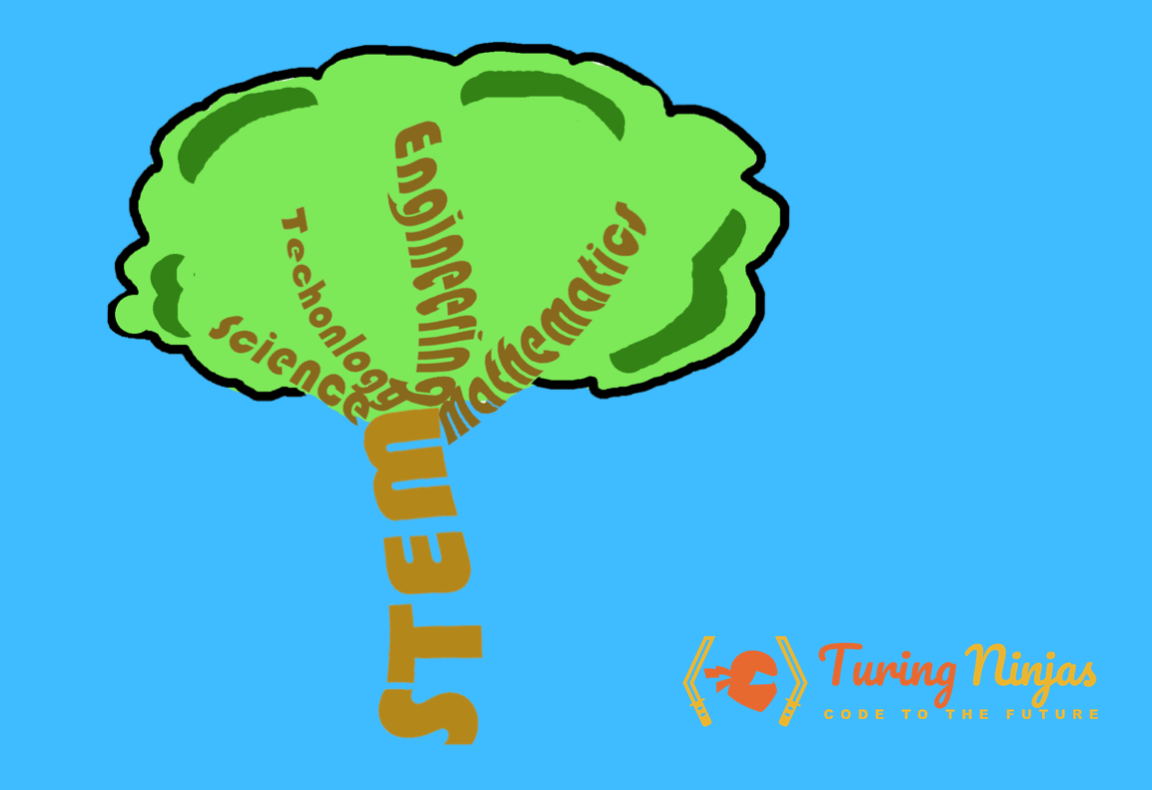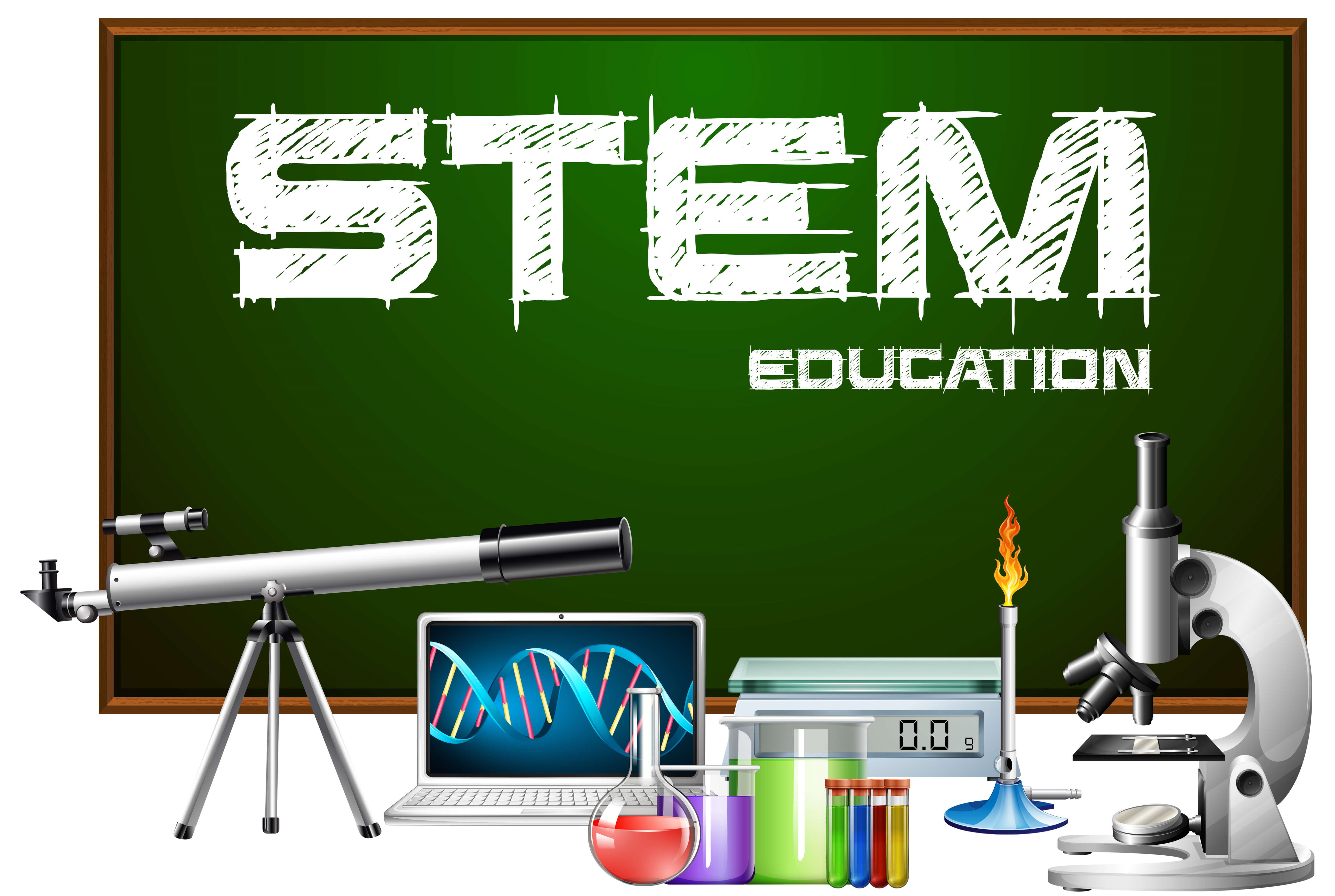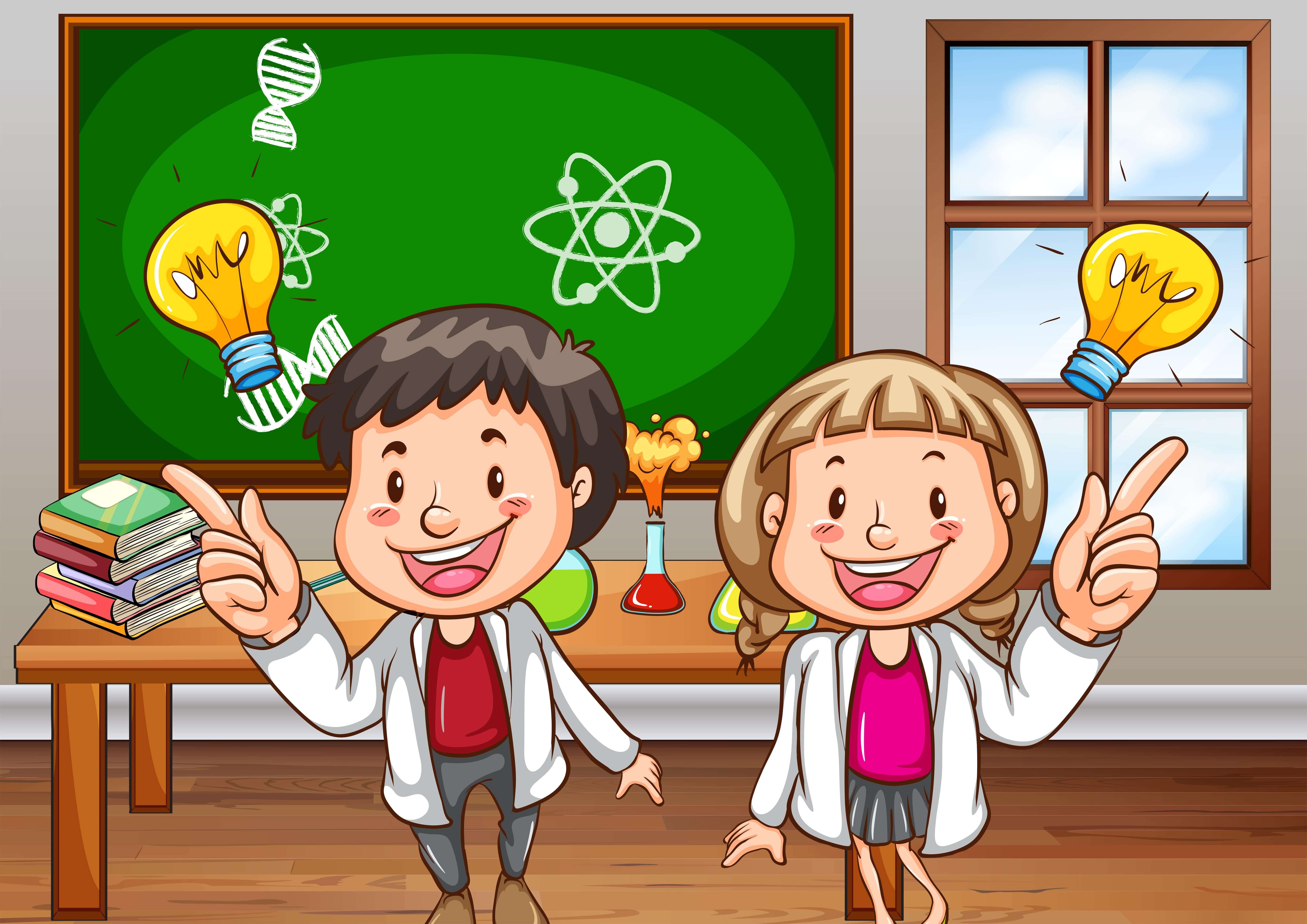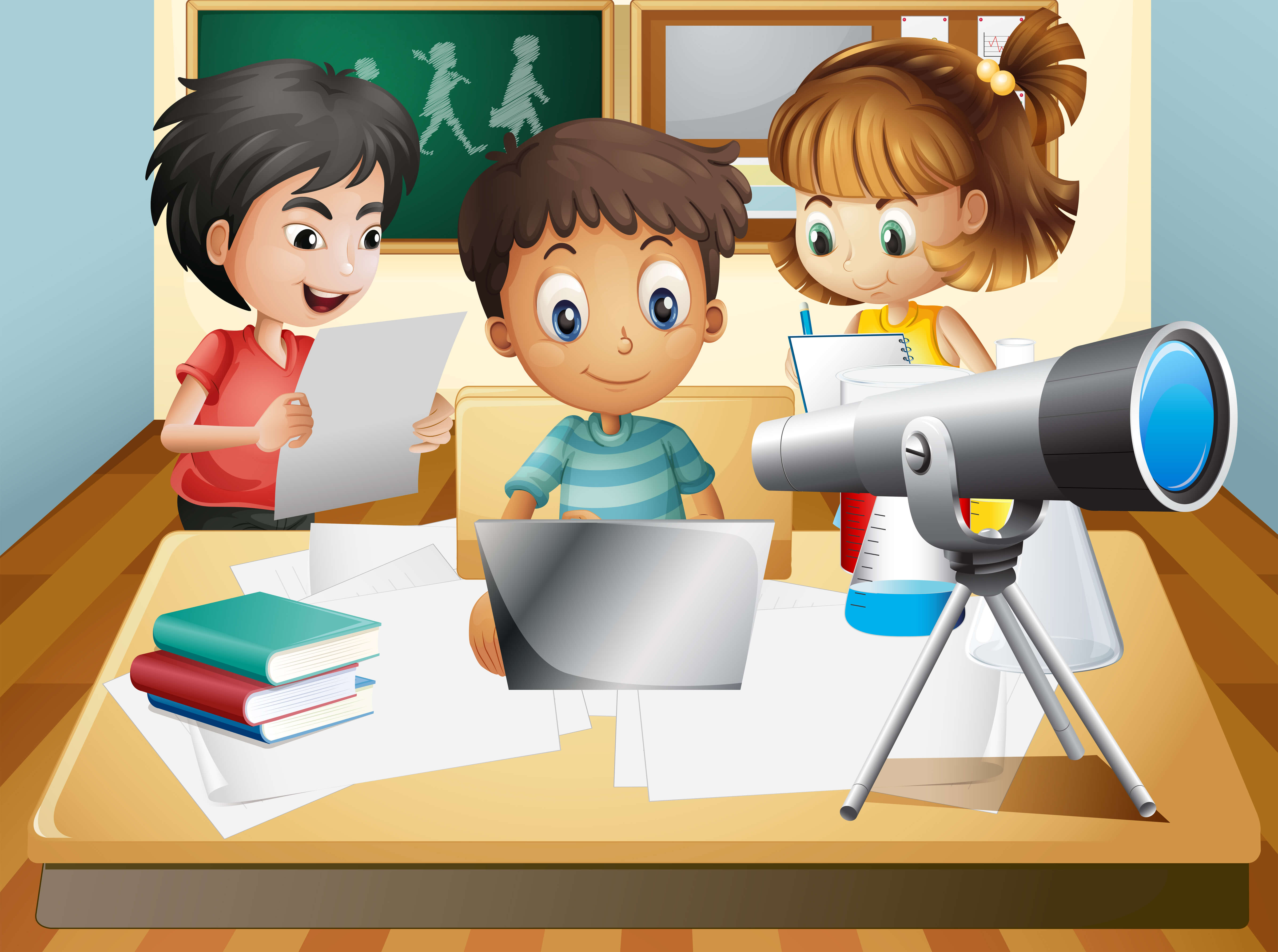Make your kids future-ready
Please contact us for your detailed queries so we can assist your needs better

STEM is a word that usually brings out three thoughts: Plant stems for most, the stem-cell research for some, and STEM Education for a few. While the first two are interesting as well as vast areas of study, we are going to be talking about the latter which promises to be a great new way of looking at how education works.

STEM is an acronym for Science, Technology, Engineering and Mathematics. This system of education is based on the premise that education should not be just memorizing information and should actually be a way to ignite and kindle the flame of creativity.
Project-based learning is therefore considered the best way to go about this. In this method of teaching, students are deeply involved in the lessons by tackling real-world problems as part of understanding the concepts.
Some examples of project-based learning are observing frogs or other animals with short life spans to understand their biology or life cycles, bringing cake to class and asking the children to cut it into equal parts for all using fractions and angles, having the children engineer small objects like see-saws that have to be balanced by using different things from the surroundings to teach physics, and so on.

All our education is supposed to be converted from theoretical information to practical applications in the future.
But children who learn through STEM and using Project-Based Learning are taught using practical applications. Because of which this they gain the ability to interpret the theory behind phenomena on their own.
A huge part of STEM education is not treating each of its subjects as separate entities. This is because almost all real-life problems don’t involve only one subject to solve. If we look back at our example of the balanced See-Saw activity, the students need to use physics, math and technology like weighing machines to understand which objects and how many of each are required to balance each other out.
Blended learning allows children to look at the world from multiple perspectives and develops critical thinking and logical thinking skills.

Science is broadly divided into three branches:
Natural Sciences which deal with biology, physics, chemistry, astronomy and Earth sciences
Formal Sciences which deal with computer science, mathematics, statistics, and systems science
Social Sciences which encompasses Anthropology, Communication studies, Economics, Education, Geography, History, Law, Linguistics, Political science, Psychology and Sociology
STEM omits all social sciences except Psychology which is considered a major part besides Natural and Formal Sciences. The rest of the social sciences are grouped with arts and humanities to form HASS (Humanities, Arts and Social Sciences). That is why STEM is considered to only focus on the future and integration of various scientific concepts rather than the subjects that involve mugging up previously known information.

Technology has integrated into our lives from the 21st-century generation i.e generation Z. Since children are bound to grow up with technological advancements, their understanding of how machines work is crucial to their interaction with the world around them.
STEM banks on this knowledge and teaches children how things like circuits, programming languages, AI, and Computer-Aided Designing work. This exposure is key as it will be the seed of media literacy and technological awareness.
Technology is used in every activity in various forms be it visual programming software like Scratch or physical devices like STEM Kits. This opens the child to a new way of problem-solving.
The engineering part of STEM is present to give children the experience of dealing with problems in a systematic way. Building and experimenting in a safe space help them develop a positive attitude towards obstacles and the tolerance to failing.
The main reason why engineering is given importance is that children know how to build up new and more efficient solutions to problems rather than relying on old ineffective methods. The curiosity and creativity of a child get diminished as they progress through classes in the old education system but STEM keeps these two at peak by always keeping their minds sharp.
Mathematics is the cement that binds all the bricks of the wall called STEM.
It is the foundation on which all the subjects build themselves. Mathematics is involved in the calculations of sciences and calibration of technology as well as the measurements of engineering.
But it stands its own as well with few concepts not having prominence in other parts of STEM like probability or Finance. Math is the tool in children’s hands that lets them engage in all the activities that STEM gives them.
These are the four parts that makeup STEM. STEM is the pathway to the future as it does something that the previous curriculum couldn’t: It completely makes interaction with technology a part of the child’s education.
It has been adopted in many schools since 2006 and people are still oblivious to its existence. We feel that we should be talking a lot more about STEM and hope every parent understands and gives their child the chance to experience the new education.
— — — — — — — — — — — — — —
At Turing Ninjas it is our mission to help kids create with technology and make them future-ready. We offer a wide range of coding and robotics programs for young Ninjas aged 6 to 14 years of age. Our curriculum has been designed by qualified instructors and is project-based. We provide a unique and personalized learning experience that is tailored to your child’s needs as one-size might not fit all. Join us and give your child an opportunity to discover the world of programming!
Check out our Facebook page to see what parents have to say about our programs!
Please contact us for your detailed queries so we can assist your needs better